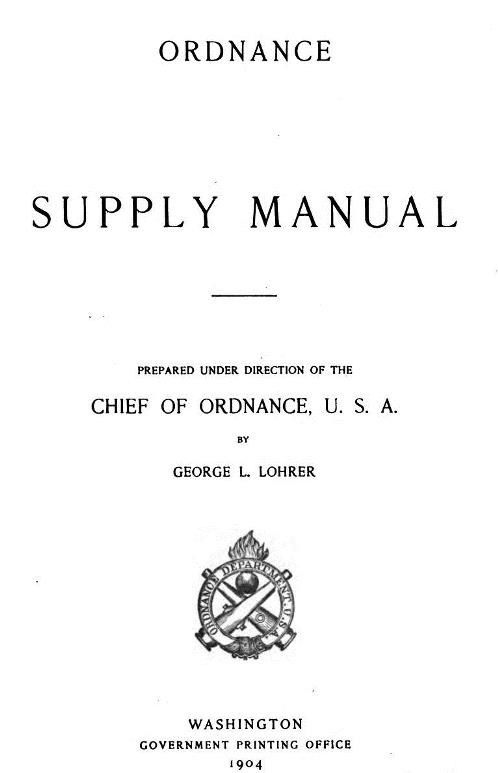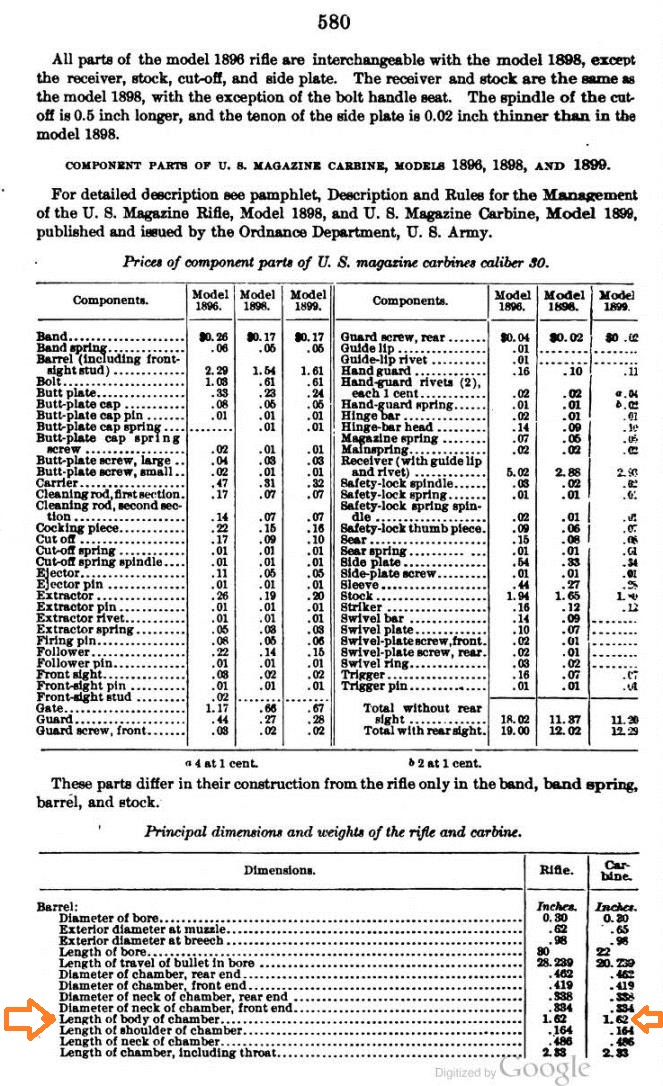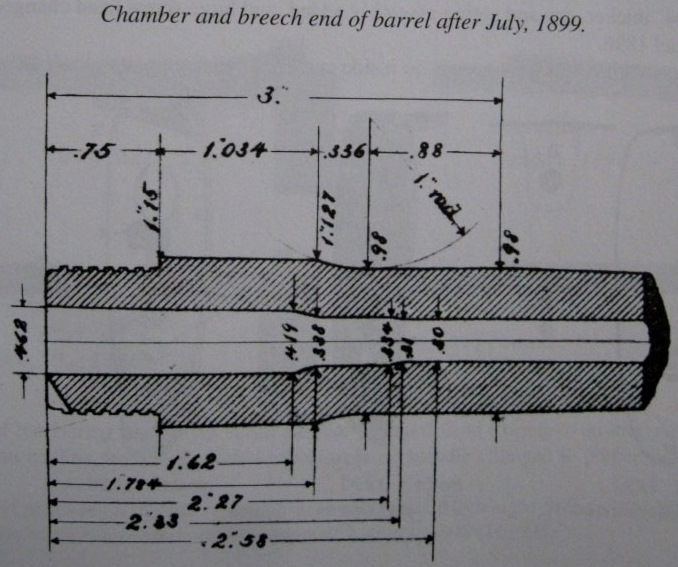Post by mavt on Jun 17th, 2020 at 4:01am
I just experienced this today to a similar degree. Shot the same low powered cast load for the first time in my 1898 original rifle and sporter with a new Criterion barrel and then full length sized the cases upon returning home and noticed half of them required an extra push at the bottom to resize fully. I had annealed these cases a couple loadings ago which apparently allowed them to resize with just the additional effort. These were FL sized for this last loading as I was planning to shoot in both rifles from the get go. Have no way of knowing which cases came from which rifle and these chambers were obviously reamed over a century apart with different tooling so differences in chamber dimensions can be expected. Next time I will segregate them to tell for sure.
When I anneal I hold the case rim with fingers and a rat tail file stuck in the case held in the other hand to evenly rotate the neck over a candle until the rim is too uncomfortable to hold which prevents overheating compared to some other methods.
This picture of 10 of the 30 cases fired shows a ring at the neck/shoulder junction of the cases requiring the shoulder to be bumped back a bit compared to the others. These are Remington cases from the same bag.
 IMG_2787.JPG ( 39 KB | 1
Download )
IMG_2787.JPG ( 39 KB | 1
Download )
When I anneal I hold the case rim with fingers and a rat tail file stuck in the case held in the other hand to evenly rotate the neck over a candle until the rim is too uncomfortable to hold which prevents overheating compared to some other methods.
This picture of 10 of the 30 cases fired shows a ring at the neck/shoulder junction of the cases requiring the shoulder to be bumped back a bit compared to the others. These are Remington cases from the same bag.
 IMG_2787.JPG ( 39 KB | 1
Download )
IMG_2787.JPG ( 39 KB | 1
Download )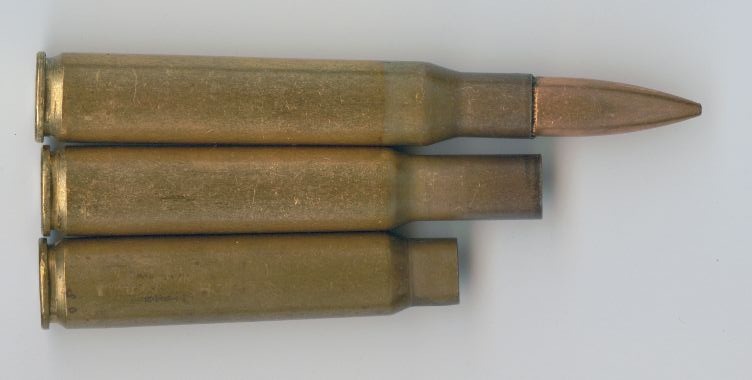
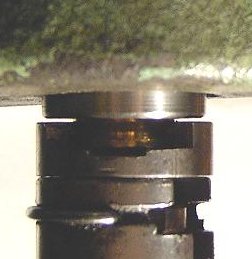
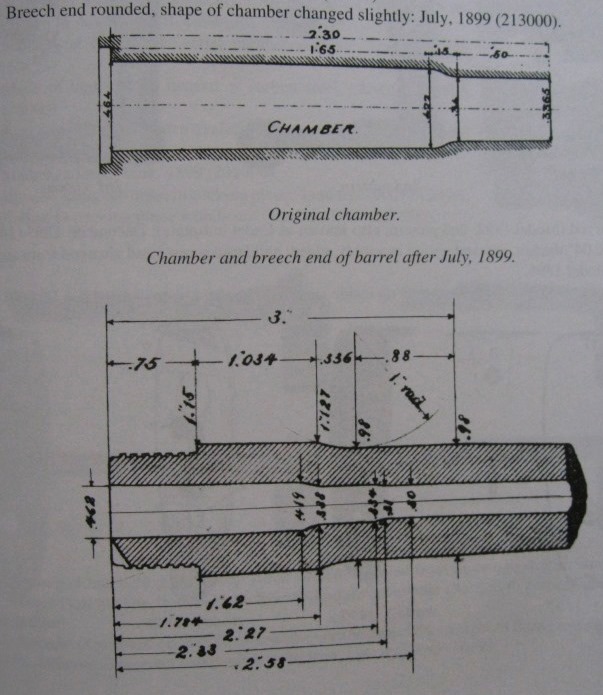
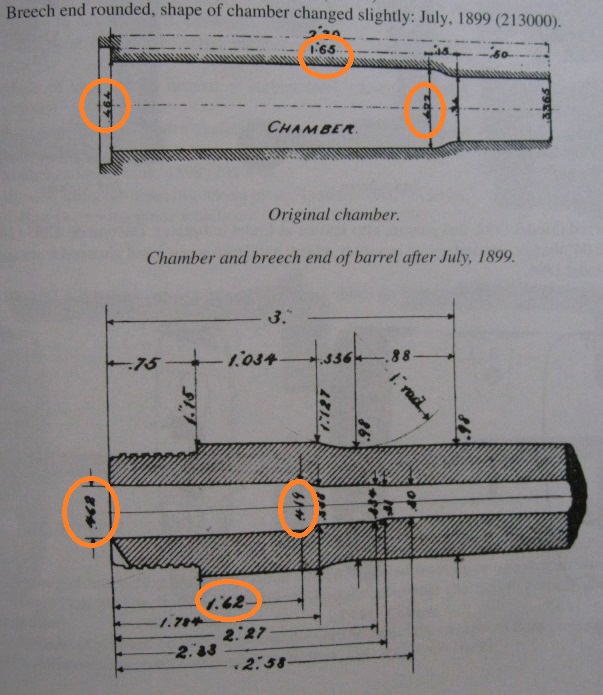
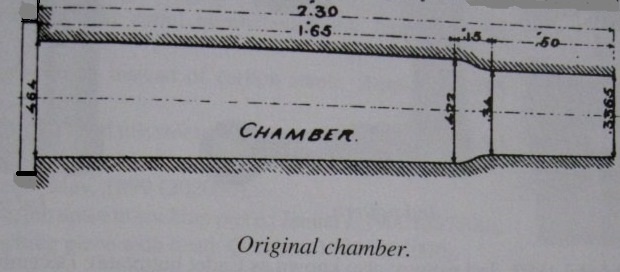
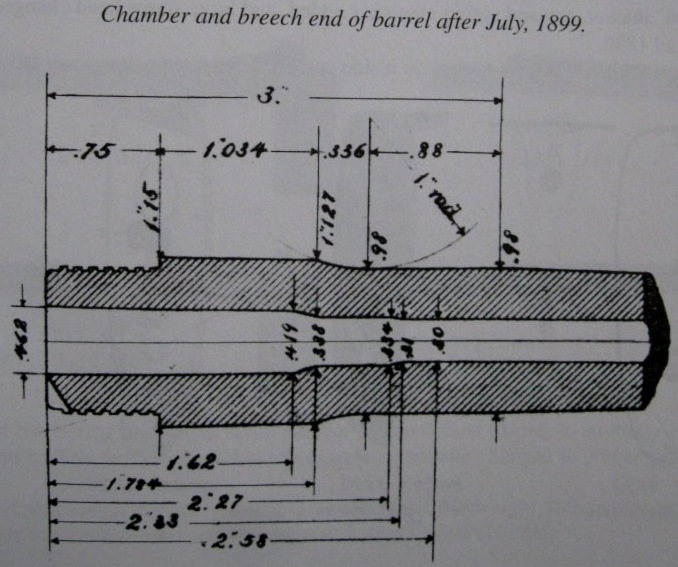
 http://www.kragcollectorsassociation.org/cgi-bin/yabb2/YaBB.pl?action=downloadfile;file=3040i.pdf ( 405 KB | 3
Downloads )
http://www.kragcollectorsassociation.org/cgi-bin/yabb2/YaBB.pl?action=downloadfile;file=3040i.pdf ( 405 KB | 3
Downloads )